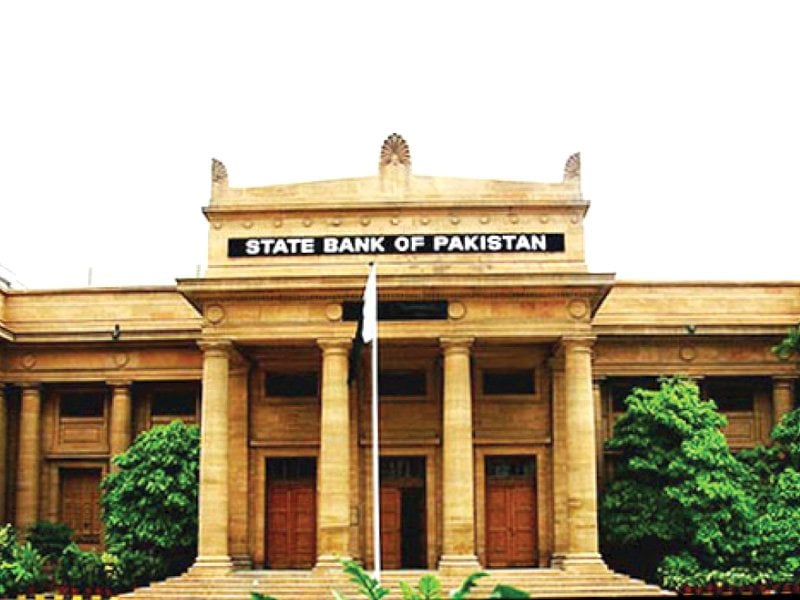
"The Monetary Policy Committee has decided to keep the policy rate at 5.75%," a SBP press statement said on Friday.
The central bank has kept the discount rate unchanged at 5.75% since May 2016. This is the lowest level in four decades. It was in double digits at 10% in the first half of fiscal year 2012-13 before easing inflationary pressure led to a decline in the key interest rate.
Overall inflation in FY18 is expected to remain well below the target of 6%, the monetary policy statement said. Consumer price index (CPI) inflation averaged 3.5% during Jul-Oct FY18 - well below the annual inflation target.
Caution on depleting foreign reserves
Despite all the positive development, SBP's foreign exchange reserves stand at $13.5 billion as on November 17, 2017 down from $16.1 billion at end June 2017. However, progress on the China-Pakistan Economic Corridor (CPEC) related projects and other official proceeds will be instrumental in managing the overall balance-of-payments deficit.
Regulatory duties may curb imports
The introduction of regulatory duties is expected to help curb some growth in imports during the coming months.
Moreover, the financial account perspective shows that FDI inflows have risen, reaching $940 million by the end of October FY18 compared with $539 million during the same period last year, indicating improving sentiments regarding the economy.
Monetary Policy: Key interest rate unchanged at 5.75%
On course to achieve 6% growth rate
The latest information reveals that economic activity is strong as corroborated by broad-based pick up in industrial output, gains in factors supporting production of major crops, and growth in private sector credit.
"The prospects of achieving 6% target of real GDP growth continue to be strong," it added.
On the fiscal front, healthy growth in tax revenue collection by the Federal Board of Revenue (FBR) during the first quarter of FY18, 22% compared to the modest 4.5% during the same quarter of FY17, is a welcome development.
Near-term balance-of-payments challenges continue to persist. However, visible improvements in export growth, notable increase in foreign direct investments and expected other financial inflows will help contain these pressures.
A review of latest developments in the real sector show that during first quarter of FY18, large scale manufacturing (LSM) growth has surpassed its earlier expectations as it has been recorded at 8.4% compared with 1.8% in the corresponding period of FY17.
Due to improving security conditions and power supply, transformation of fixed investment into enhancements of productive capacity on the ground, low inflation and stable interest rates. Further support comes from the continuation of the CPEC projects. Barring any extreme seasonal events, agriculture sector is expected to perform better for the second consecutive year.
Monetary Policy: SBP leaves interest rate unchanged at 5.75%
This is explained by increase in both cultivated area and fertiliser off-take during the Kharif season, on-going trend of investment in mechanisation, higher uptick in agricultural credit and unchanged support price for wheat at the time of its sowing. Accordingly, demand for services is also expected to rise in FY18 given its inter-connectivity with the other two sectors.
Taking all the evidence together, real GDP growth is expected to meet its target level of FY18.
The current account deficit widened to $5 billion during Jul-Oct FY18 compared with $2.3 billion during the corresponding period in FY17. Delving deeper, Pakistan's exports have seen an improvement during Jul-Oct FY18, growing at 11.3% compared with the decline of 3.1% in the comparable period of last year.
Similarly, remittances recorded a modest increase of 2.3% during Jul-Oct FY18. Nonetheless, the impact of these positive developments on the overall current account was more than offset by growth in imports on account of rising domestic demand for consumption as well as investment and due to recent rise in international oil prices.

















COMMENTS
Comments are moderated and generally will be posted if they are on-topic and not abusive.
For more information, please see our Comments FAQ